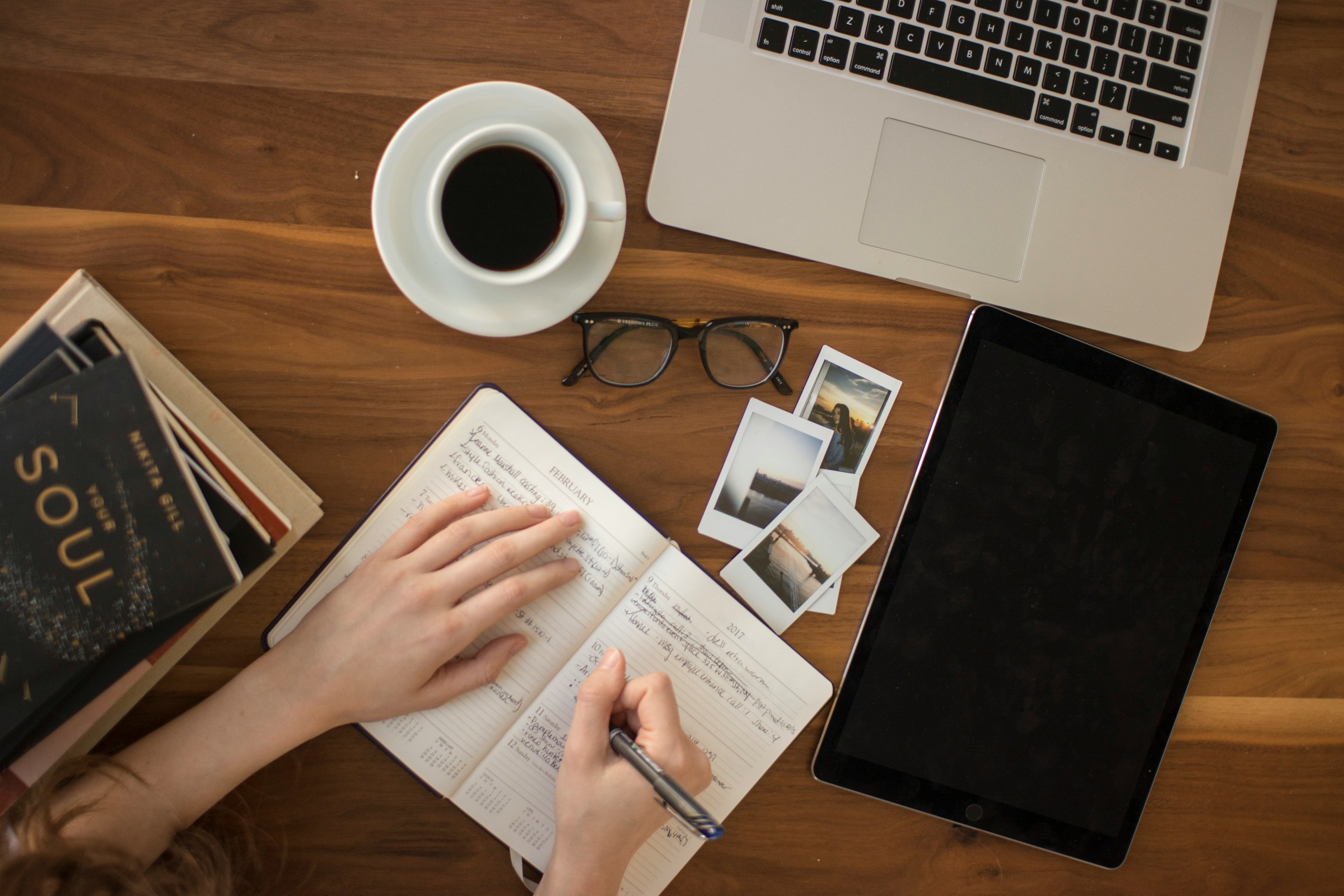Blogs are essential to any online presence, helping you share content with a broader audience. However, for these sections to fully capture readers, they must have an appealing and cohesive design.
Visuals often speak louder than words, creating an immediate impression of professionalism and consistency. A well-designed blog keeps readers engaged longer and enhances readability while conveying your brand’s message more effectively.
If you want to improve your blog’s aesthetics, here are some ways to help you get started.

1. Use Consistent Color Schemes Aligned with Your Brand
A consistent color scheme ties your blog’s look directly to your brand. Different colors trigger specific emotions, so it’s important to choose a palette that aligns with the tone of your content and company identity.
For example, tech blogs often lean toward sleek blacks or blues, while wellness blogs may opt for soothing pastels or greens. Using these consistently across pages builds trust by creating familiarity.
Color should extend beyond headers and backgrounds. Buttons, icons, and links should all match your primary color palette. This creates visual flow, guiding readers naturally through the content.
2. Create Unique Header and Footer Designs
Headers and footers are more than placeholders for your logo or contact information. They frame the user’s experience on your blog and serve as key visual anchors throughout the site.
A custom header gives visitors an immediate sense of what to expect. Whether you want to communicate professionalism or creativity, designing a unique header can help set that tone instantly upon entry.
Footers are equally crucial for structuring navigation at the end of content-heavy pages. A well-organized footer provides access to essential links while maintaining the design’s cohesion with other elements across your blog.
3. Incorporate Custom Icons to Enhance Navigation Elements
Users visiting your blog will thank you if you enable them to find what they need quickly. Icons allow you to guide visitors smoothly across different sections, making navigation functional and visually appealing.
Icons work incredibly well in menus, sidebars, or category labels. Instead of relying solely on text-based links, icons offer an immediate visual cue to the user. For example, a magnifying glass icon instantly signals a search function without additional explanation.
For maximum effect, ensure the icons match your blog’s overall style. Minimalist designs work well with clean layouts, while more elaborate blogs might call for intricate icon details.
4. Create Visually Engaging Infographics to Break Down Complex Data
Data-heavy content can overwhelm readers, especially if presented as long blocks of text. Infographics transform that same information into easily digestible visuals.
A well-crafted infographic highlights key stats, processes, or insights through a mix of charts, icons, and concise text. Instead of asking users to sift through paragraphs for significant points, they receive an organized visual summary in seconds.
It is vital to ensure your infographic follows a logical flow and uses clear labels to guide readers through each section. If you need help, you can find it on tools like Picstart, which offer pre-made free templates for creating professional-looking infographics without needing advanced design skills.
5. Add Personalized Typography That Matches the Tone of Your Content
Fonts carry more weight than people often realize. They play a significant role in how readers perceive your content and contribute to its readability. The right typography choice helps reinforce the message and tone you want to convey.
Whether you’re going for sleek professionalism or playful engagement, your font must complement your blog’s overall style. Oversized, bold fonts work well with headlines meant to grab attention immediately.
Smaller, clean fonts are ideal for body text, ensuring readers can follow along without strain. Matching headers and body text with complementary font families will keep things visually harmonious while enhancing user experience.

Wrapping Up
Investing in custom-quality designs can transform your blog from ordinary to extraordinary. Unique visuals and thoughtful design elements create a memorable experience that keeps readers coming back for more.
As you implement these tips, stay true to your brand’s voice and vision. Also, experiment with new ideas as your blog evolves. The digital landscape changes quickly, and staying fresh can set you apart from the competition.
